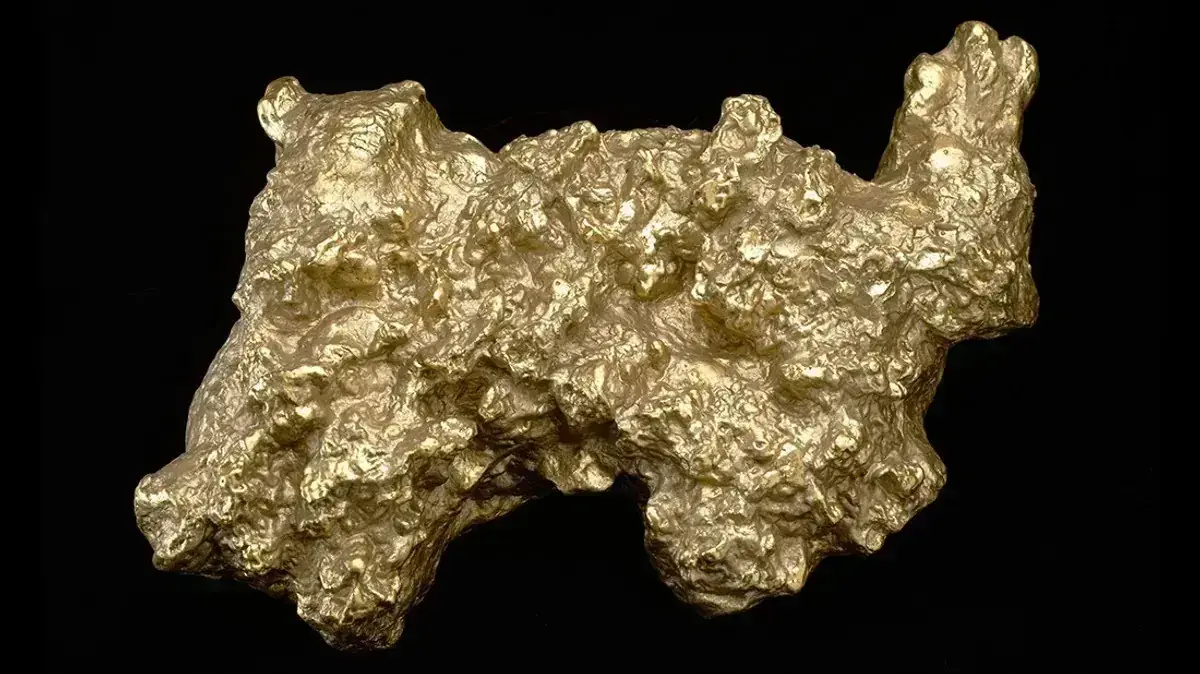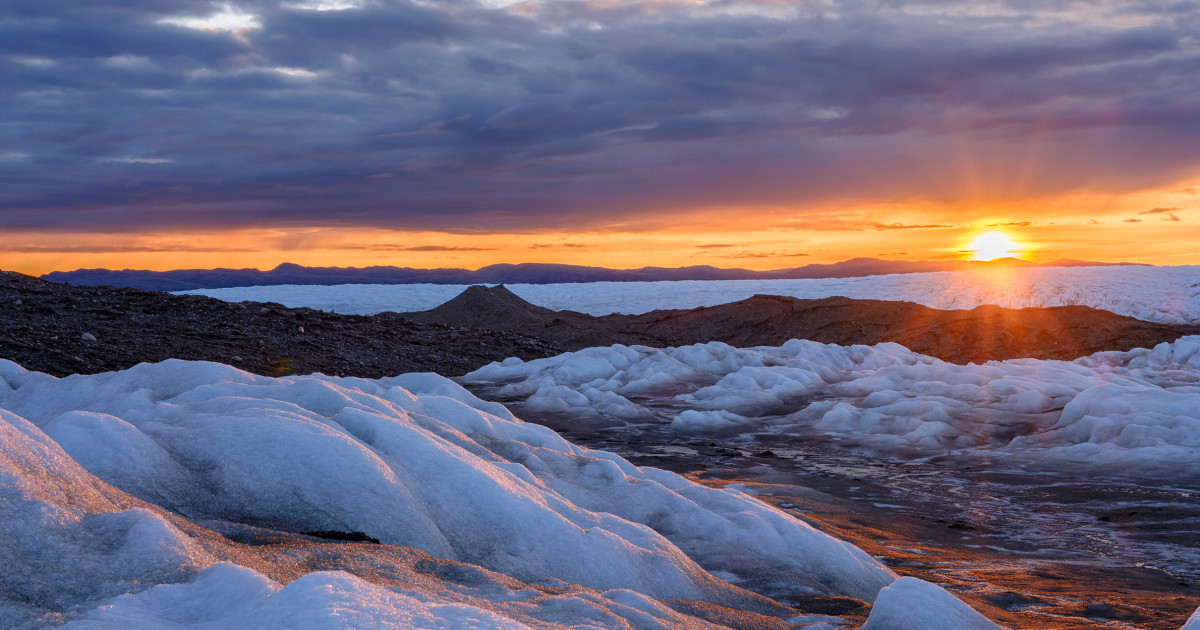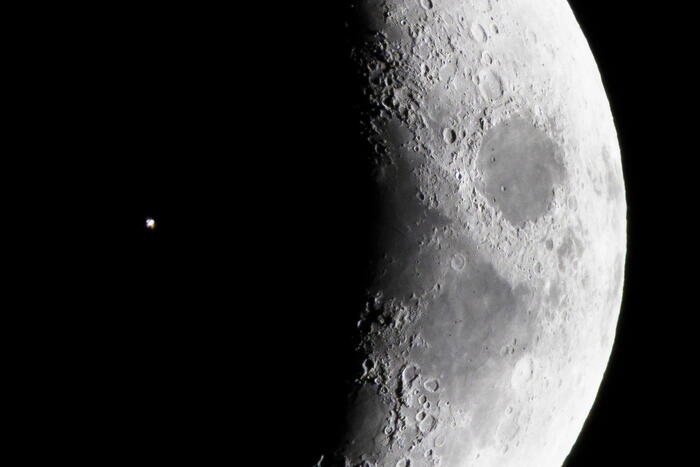4 billion years old: a piece of Earth's crust is buried under the continent of Australia
The crust is buried "tens of kilometers" below the surface and can help study how the continents first formed.
"The finding indicates a significant change in the evolution of the Earth about four billion years ago," said one of the researchers
Voila system!
technology
08/24/2022
Wednesday, August 24, 2022, 11:37 am Updated: 11:52 am
Share on Facebook
Share on WhatsApp
Share on Twitter
Share by email
Share in general
Comments
Comments
Earth (photo: official website, NASA)
An amazing discovery: researchers and scientists found that a 4 billion-year-old piece of Earth's crust is buried under the Australian continent.
The size of the find - about 100,000 square kilometers (as the area of Ireland). According to the study published in the journal Terra Nova, the crust is buried "tens of kilometers" below the surface.
According to the publication, the researchers found that the boundary of the ancient crust is related to gold and iron-lead deposits, And that the study of the crust's formation 4 billion years ago can help researchers understand how the continents first formed. The Earth's age is 4.54 billion years, and because the Earth's crust is pushed into the mantle by plate tectonics constantly, most of the Earth's rocky surface was formed Over the last billion years.
The ancient crust found proves that a special event took place on Earth 4 billion years ago.
"When comparing our findings with existing data, it appears that many regions around the world experienced a similar timing of early crust formation and preservation," says Maximilian Droelner, a PhD student at Curtin University in Australia who participated in the study.
"This indicates a significant change in Earth's evolution about four billion years ago, when the meteorite bombardment subsided, the crust stabilized and life on Earth began to establish itself."
The ancient crust was discovered in the place where the oldest minerals on earth were previously found - in Jack Hills in Australia.
In the same place, researchers discovered tiny minerals called zircons dating back 4.4 billion years.
These minerals survived even when the rocks that held them were eroded.
Some of the rocks around Jack Hills, known as the Narryer Terrane, date back 3.7 billion years.
It was discovered in a place where the oldest minerals on Earth were once found.
Earth, archive (photo: official website, NASA)
Geochemical clues in the sediments adjacent to this area indicated that there may be older crust buried beneath the rocks and newer sediments on the surface.
Droelner and his colleagues began testing the zircons in sediments from the Scott Coastal Plain, south of Perth.
To do this, the researchers vaporized the zircons with powerful lasers, and then analyzed the composition of two pairs of radioactive elements that the lasers released - uranium and lead and lutetium and phenium.
These elements trapped in these zircons are stitched together over billions of years.
The researchers looked at how long it took for the elements to decay, and based on that they estimated the age of the zircons.
This dating revealed that the rocks holding these minerals formed between 3.8 billion and 4 billion years ago.
To learn where these minerals came from, the researchers analyzed data collected by satellites orbiting the Earth.
As the thickness of the earth's crust changes, the force of gravity also changes slightly on the surface of the earth.
By measuring these changes in gravity, the scientists can infer how thick the crust is at different locations.
These gravity data revealed a thick section of crust in the southwestern part of Western Australia.
technology
Tags
Australia
Earth








